Your herb garden is in trouble—and it’s making rookie mistakes that rob you of fresh flavor! Picture your prized basil, mint, and rosemary wilting or turning bitter because common errors sabotage their growth. The season is bursting with promise, but those small missteps can turn your aromatic oasis into a disappointing patch of bland, struggling plants. Now imagine a garden where every herb thrives, sending vibrant scents and tastes dancing across your kitchen. Simple fixes transform those missteps into marvels, boosting your garden’s health and your dishes’ zest. Ready to rescue your spring herb garden from flavorless failure? Let’s uncover the seven classic pitfalls and reveal five easy, effective fixes to create a culinary haven that impresses every time you harvest.
Overwatering Your Herbs

Many new gardeners believe that more water means healthier plants, but herbs often thrive with less. Overwatering can lead to root rot, especially in herbs like rosemary and thyme, which prefer drier conditions.
Check the soil moisture by sticking a finger about an inch into the soil; if it feels dry, it’s time to water. Consider using a pot with drainage holes or planting in raised beds to avoid standing water.
Remember, it’s easier to revive a slightly dry plant than one that’s drowning. Opt for a consistent watering schedule that meets your specific herb’s needs.
Planting Herbs Too Close Together
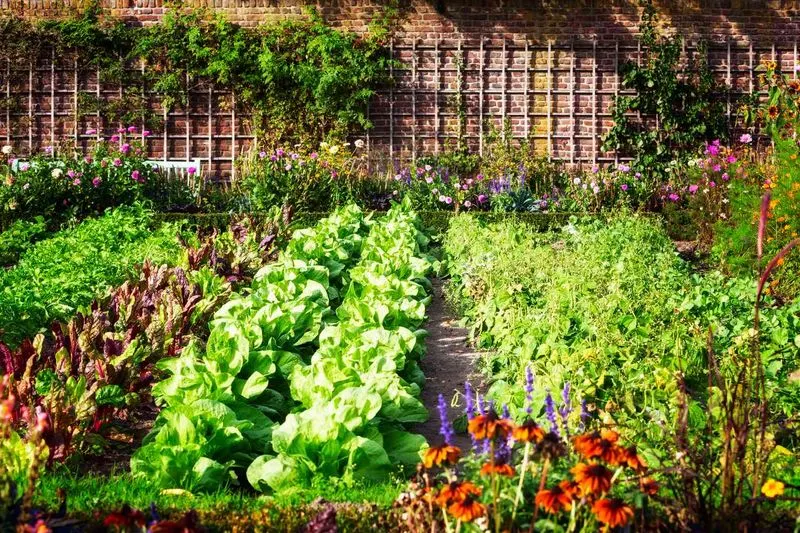
Starting a spring herb garden brings excitement, leading to overcrowding. Herbs need space to grow and breathe, and planting them too close can stunt their growth.
Aim to space herbs according to their mature size, providing enough room for sunlight and air circulation. Basil, for example, needs about 12 inches, while chives require less.
Proper spacing not only helps in healthy growth but also prevents diseases. Use a garden planner or mark your space to visualize the layout. This simple step ensures your herbs flourish without battling for resources.
Ignoring Sunlight Requirements

Sunlight is the lifeline for herbs, yet many gardeners underestimate its importance. Most culinary herbs need at least six hours of direct sunlight daily.
Before planting, understand each herb’s specific light requirement. For instance, basil and oregano love sunbathing, whereas parsley can tolerate some shade.
Consider moving pots around or trimming nearby plants if natural sunlight is limited. Indoor gardeners can invest in grow lights to mimic sunlight. A little attention to light ensures lush, flavorful herbs that thrive throughout the season.
Neglecting Soil Quality
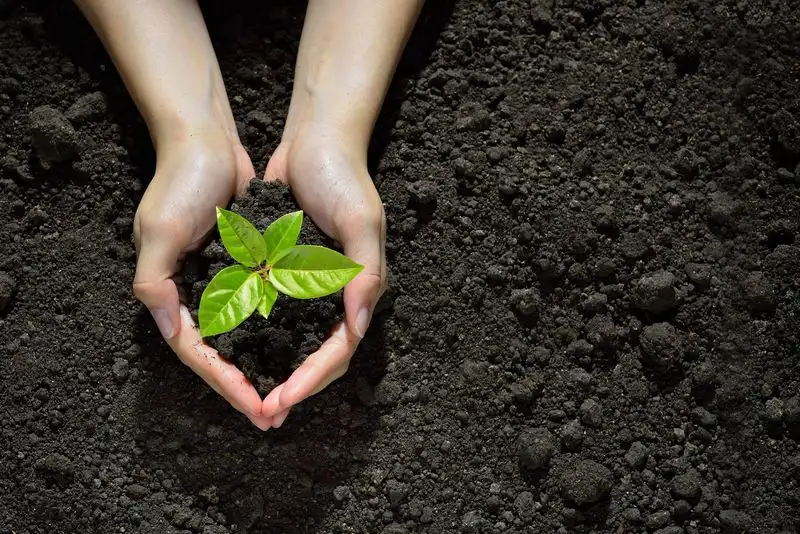
Soil quality dramatically affects herb growth. Many gardeners use any available dirt, overlooking that herbs demand well-draining, nutrient-rich soil.
Investing in quality potting mix or amending garden soil with compost can make a difference. Consider a soil test to understand pH and nutrient levels, adjusting as needed.
Herbs like mint and cilantro prefer slightly different soil conditions, so tailor your approach. Regularly raking or aerating the soil can further enhance growth. Healthy soil is the foundation of a robust herb garden, contributing to vibrant flavors.
Forgetting to Prune Regularly
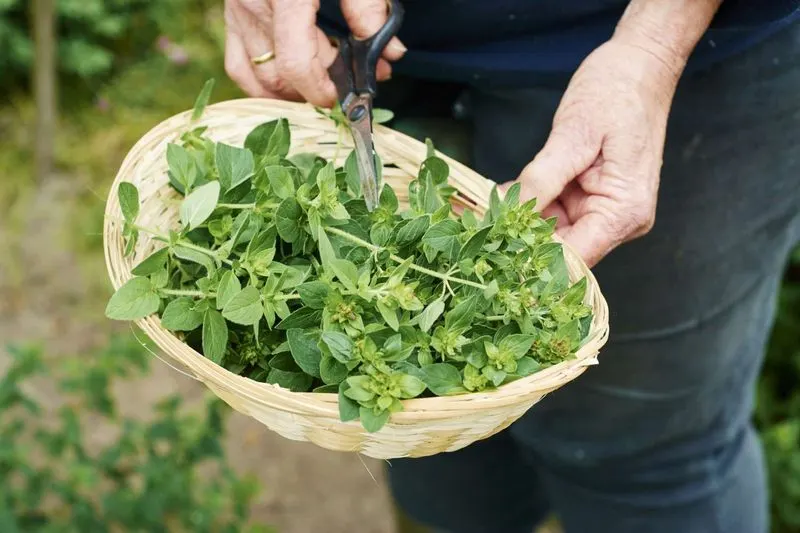
Pruning might seem tedious, but it’s vital for herbs. Skipping this step leads to leggy plants and reduced yields. Regular trimming encourages bushier growth and enhances flavors.
Pinch back new growth, focusing on the tops, to prevent herbs like basil from becoming spindly. The more you cut, the more they grow.
For woody herbs like thyme, use sharp scissors to maintain shape. Pruning increases air circulation, preventing disease. Start with small trims, gradually understanding each herb’s needs. Consistent care rewards you with a bountiful harvest.
Using the Wrong Fertilizer
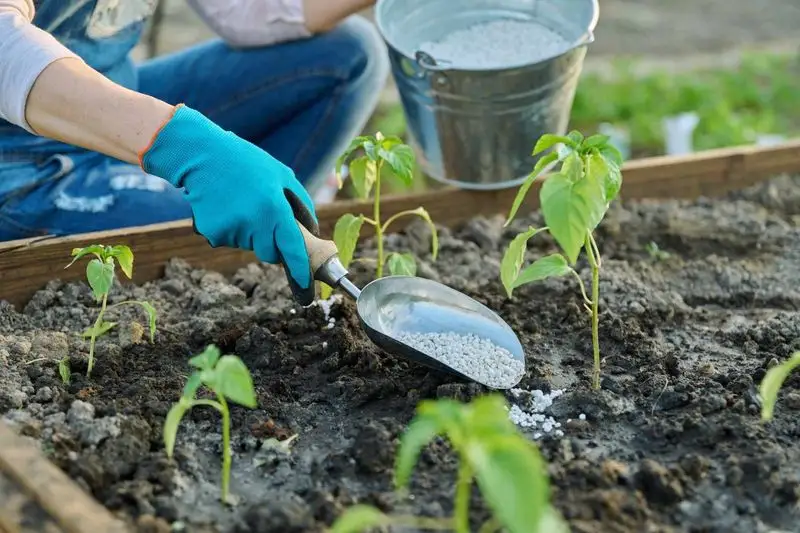
Fertilizing herbs can be perplexing for beginners. Over-fertilization, especially with nitrogen-rich options, leads to lush foliage but poor flavor.
Select a balanced, organic fertilizer, focusing on formulations meant for herbs. Comprehend each herb’s nutritional needs; some may require specific nutrients.
Apply fertilizers in moderation, following label instructions. Consider natural solutions, like compost tea, for gentle feeding. Check for signs of nutrient stress, like yellowing leaves, to adjust your approach. Proper feeding ensures robust growth and delightful flavors.
Overlooking Pest Control
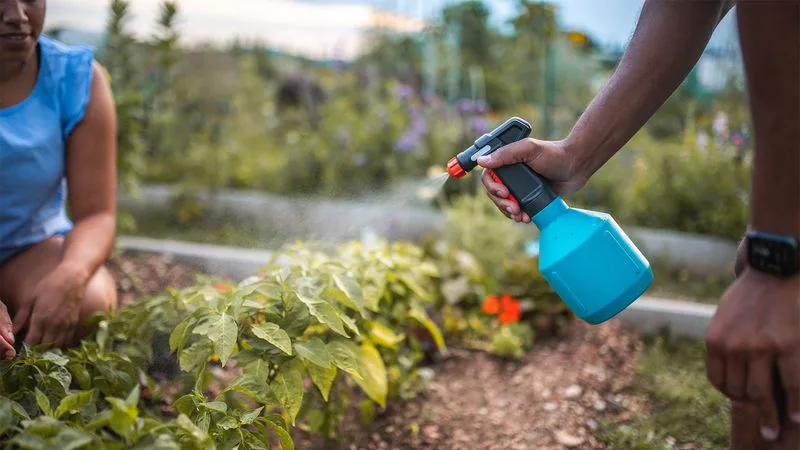
Pests can wreak havoc on a budding herb garden. Ignoring them often leads to damaged plants and decreased yields. Early identification and action are crucial.
Inspect herbs regularly for signs of pests like aphids or caterpillars. Utilize natural methods such as neem oil or companion planting to deter invaders.
Encouraging beneficial insects like ladybugs can also help maintain balance. Keep your garden tidy, removing debris and dead leaves. Pest control might seem daunting, but consistent monitoring and eco-friendly practices result in a healthy, flourishing garden.
Choosing Flavorless Varieties
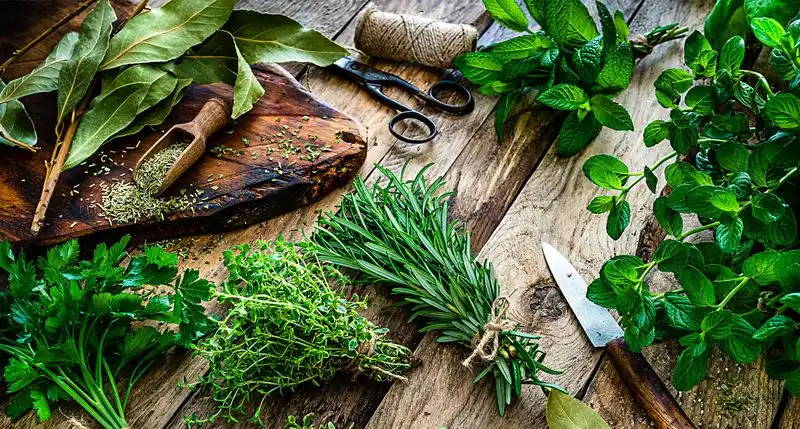
Not all herb varieties are created equal in flavor. Selecting the wrong ones can lead to a bland garden experience. Each herb has multiple cultivars, some more aromatic than others.
Research and choose varieties known for their taste. For example, Genovese basil is preferred for its robust flavor over other types.
Visit local nurseries to explore options and ask for advice. Tasting a leaf before purchasing can also guide decisions. This attention to detail ensures your herb garden is not just visually appealing but also a culinary delight.
Using Mulch Improperly
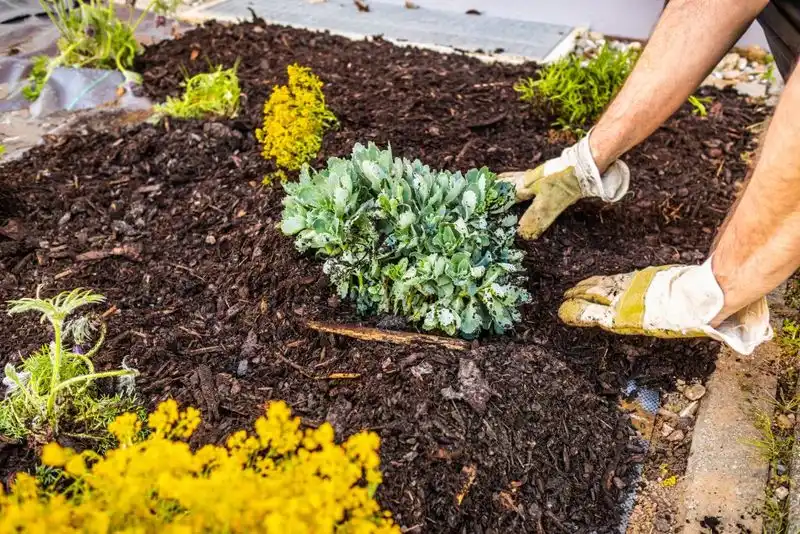
Mulching can be beneficial, but improper use causes harm. A heavy layer can smother herbs, while too little offers no protection.
Apply mulch to help retain moisture, suppress weeds, and regulate soil temperature. Opt for organic mulches like straw or bark, avoiding synthetic types that might leach chemicals.
Ensure mulch does not touch the plant stems, as it can cause rot. Regularly check the mulch layer, replenishing as needed throughout the season. The right approach to mulching fosters a thriving herb environment, enhancing overall growth.
Simple Soil Amendments for Flavor
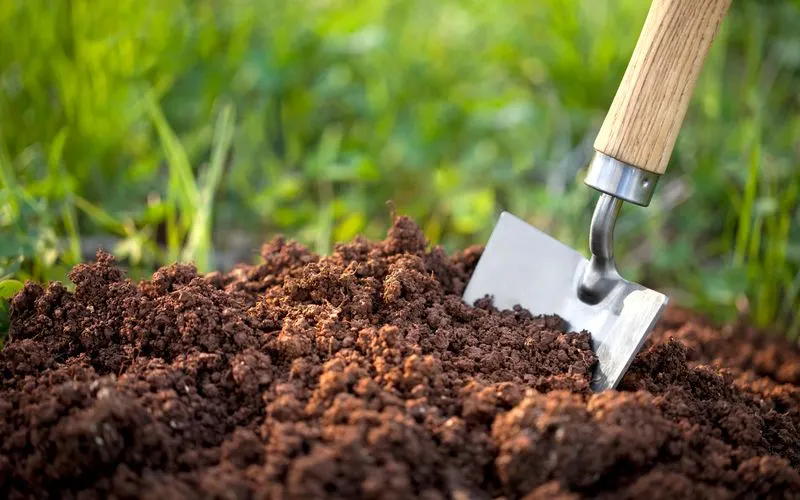
Enhancing herb flavors goes beyond basic care. Simple soil amendments can significantly impact taste.
Consider adding organic matter like compost or well-rotted manure to enrich the soil. Coffee grounds can also enhance flavor, especially for herbs like basil.
Understand each herb’s unique needs, as some might benefit from specific minerals. Regularly test soil and adjust amendments accordingly. This attention to soil health not only boosts growth but heightens the aromatic qualities of your herbs, transforming your garden into a gourmet paradise.
Companion Planting for Flavor Boost
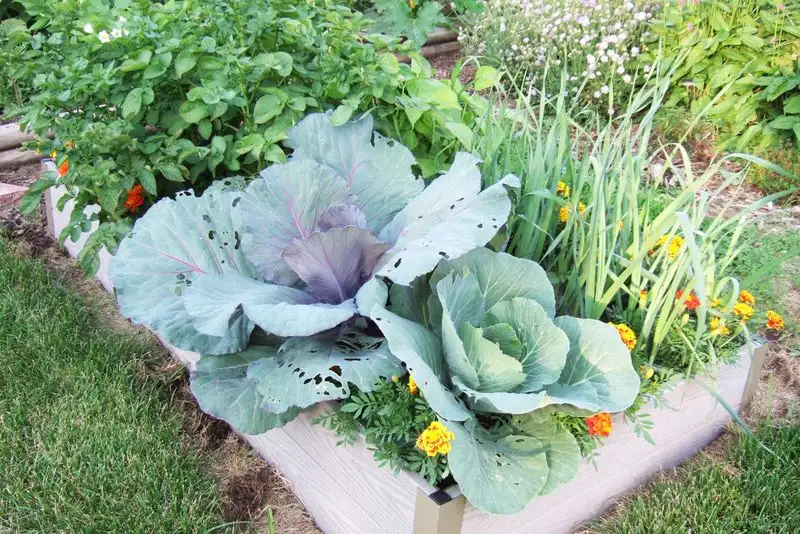
Companion planting is an age-old technique to enhance flavor and growth. Certain herbs and vegetables grow better together, benefiting each other’s taste and health.
Pairing basil with tomatoes, for example, boosts both crops’ flavors. Research compatible plants to maximize your garden’s potential.
Observe spacing and sunlight needs for harmonious growth. Companion planting also deters pests, offering a natural solution to common problems. This thoughtful approach not only enriches your garden’s output but adds layers of flavor to your culinary creations.
Harvesting Techniques for Optimal Flavor

The way you harvest herbs affects their flavor. Improper techniques lead to bitterness or reduced aroma.
Use sharp scissors or shears, cutting just above a leaf node to encourage regrowth. Harvest in the morning, when oils are most concentrated, for rich flavors.
Avoid stripping plants bare; leave enough foliage for photosynthesis. Regular harvesting promotes bushier plants and enhances taste. Understanding each herb’s specific needs ensures you capture the peak of flavor. This mindfulness turns your garden into a source of delightful, aromatic herbs ready for your kitchen.

